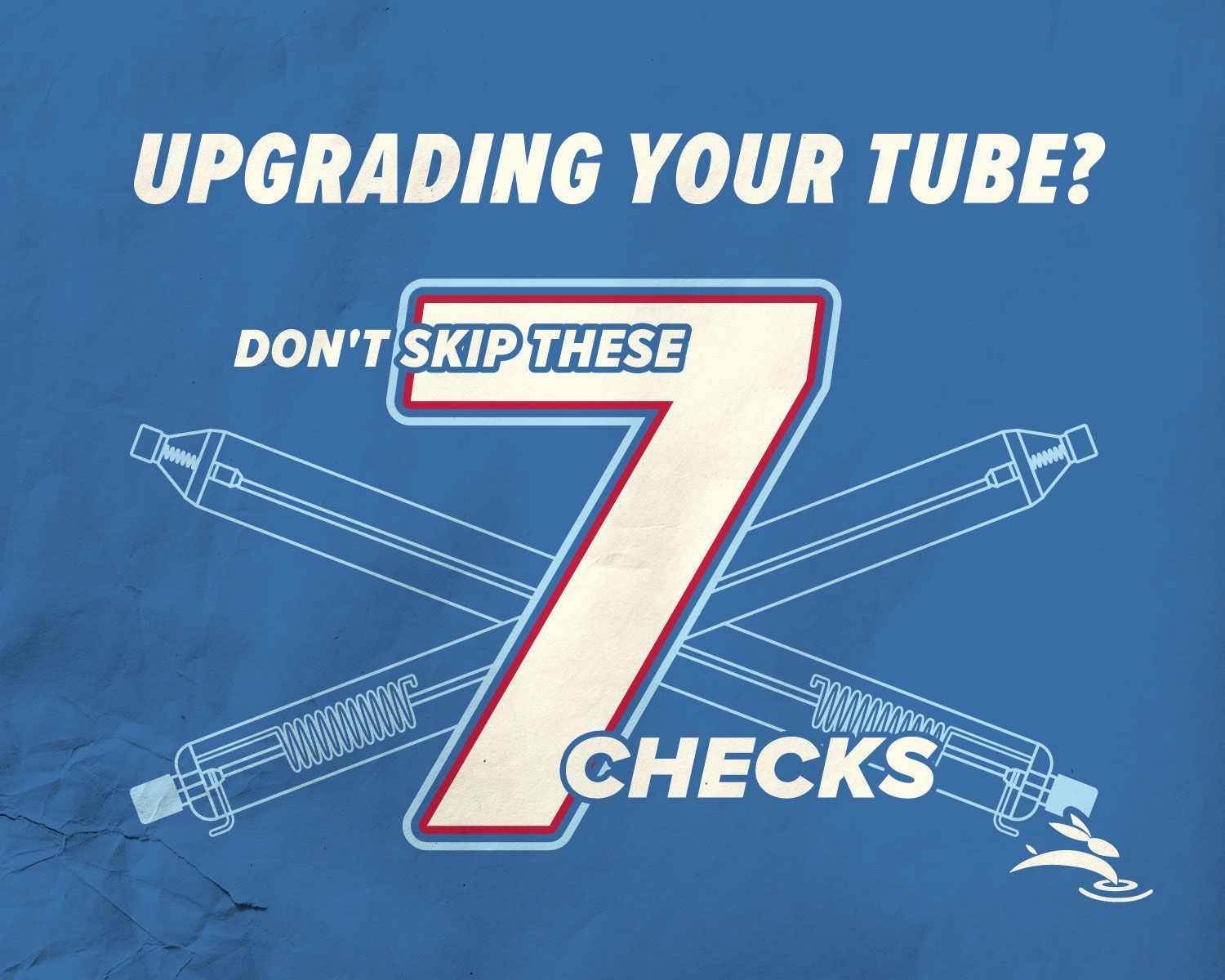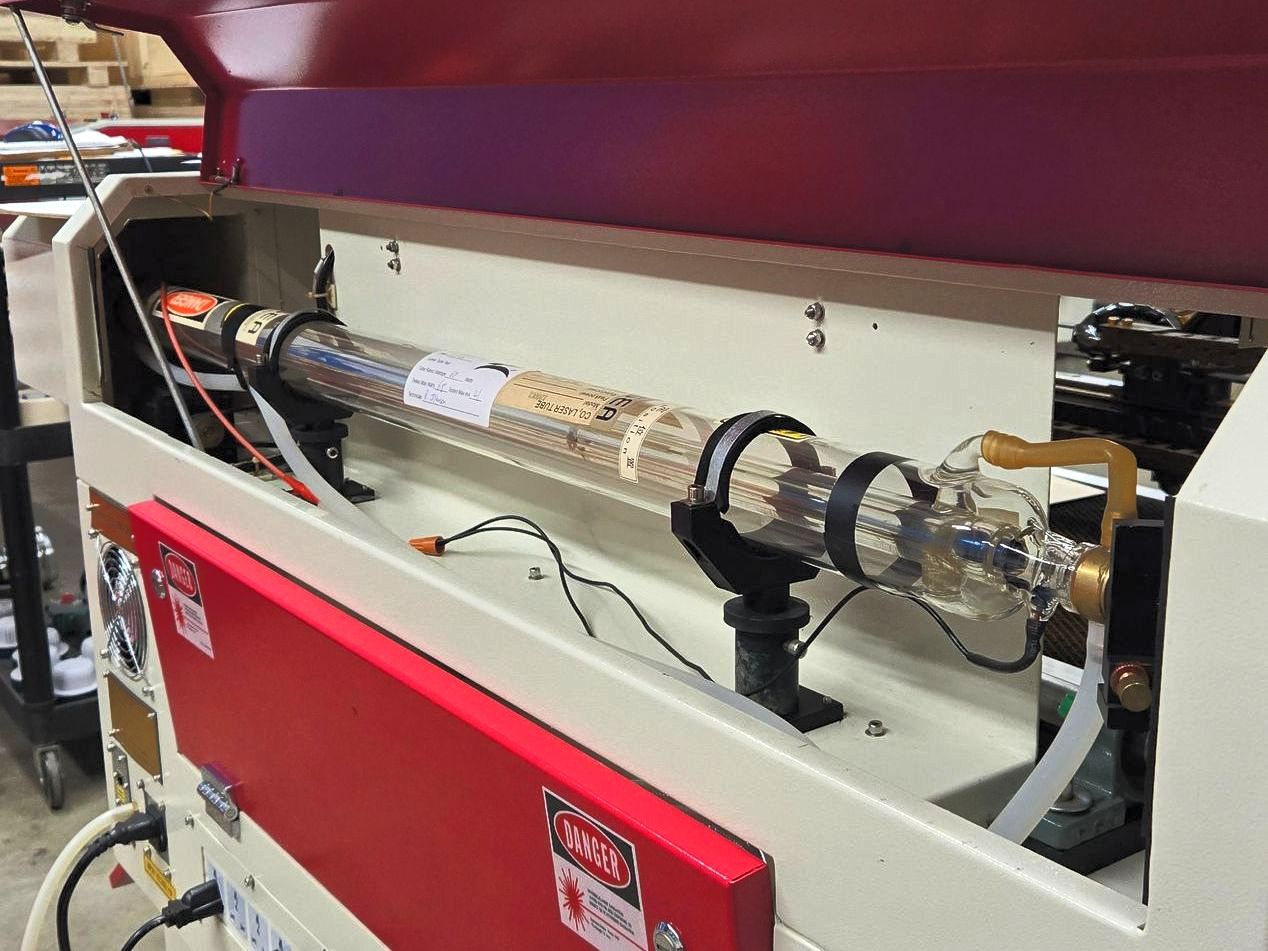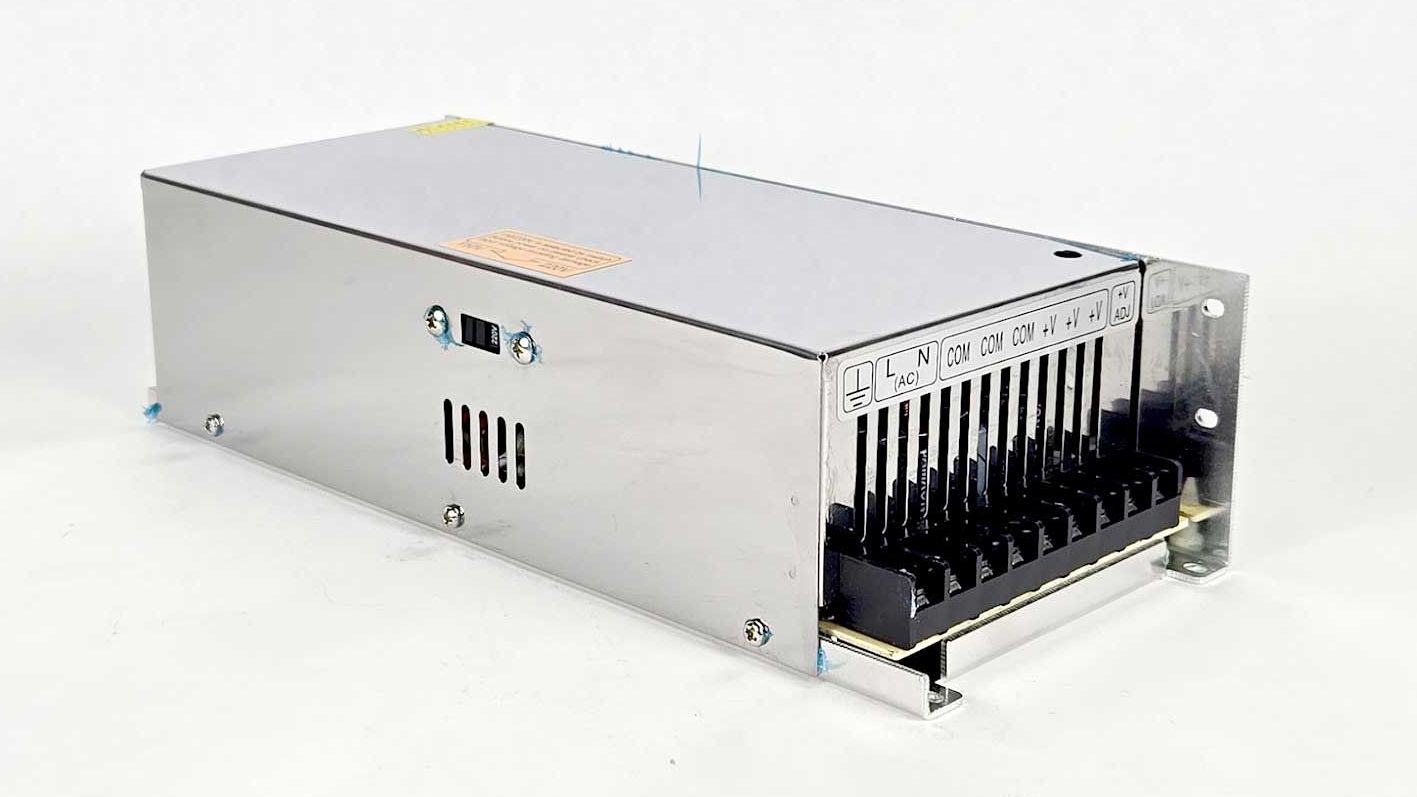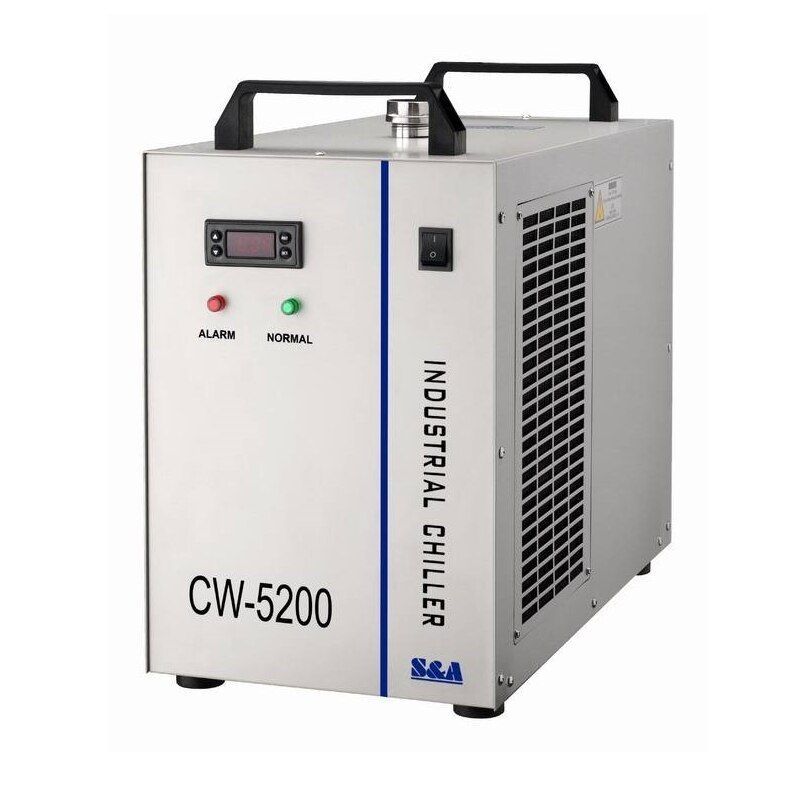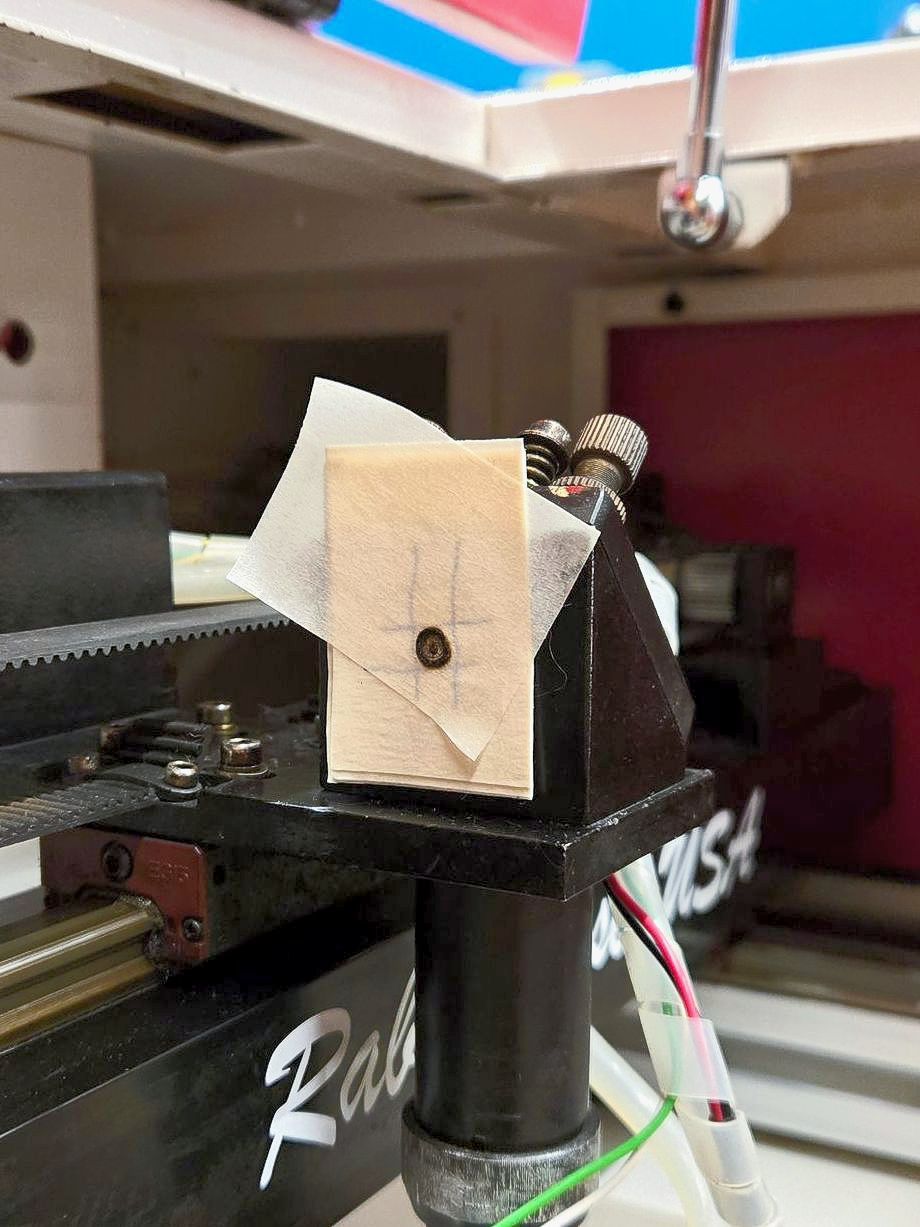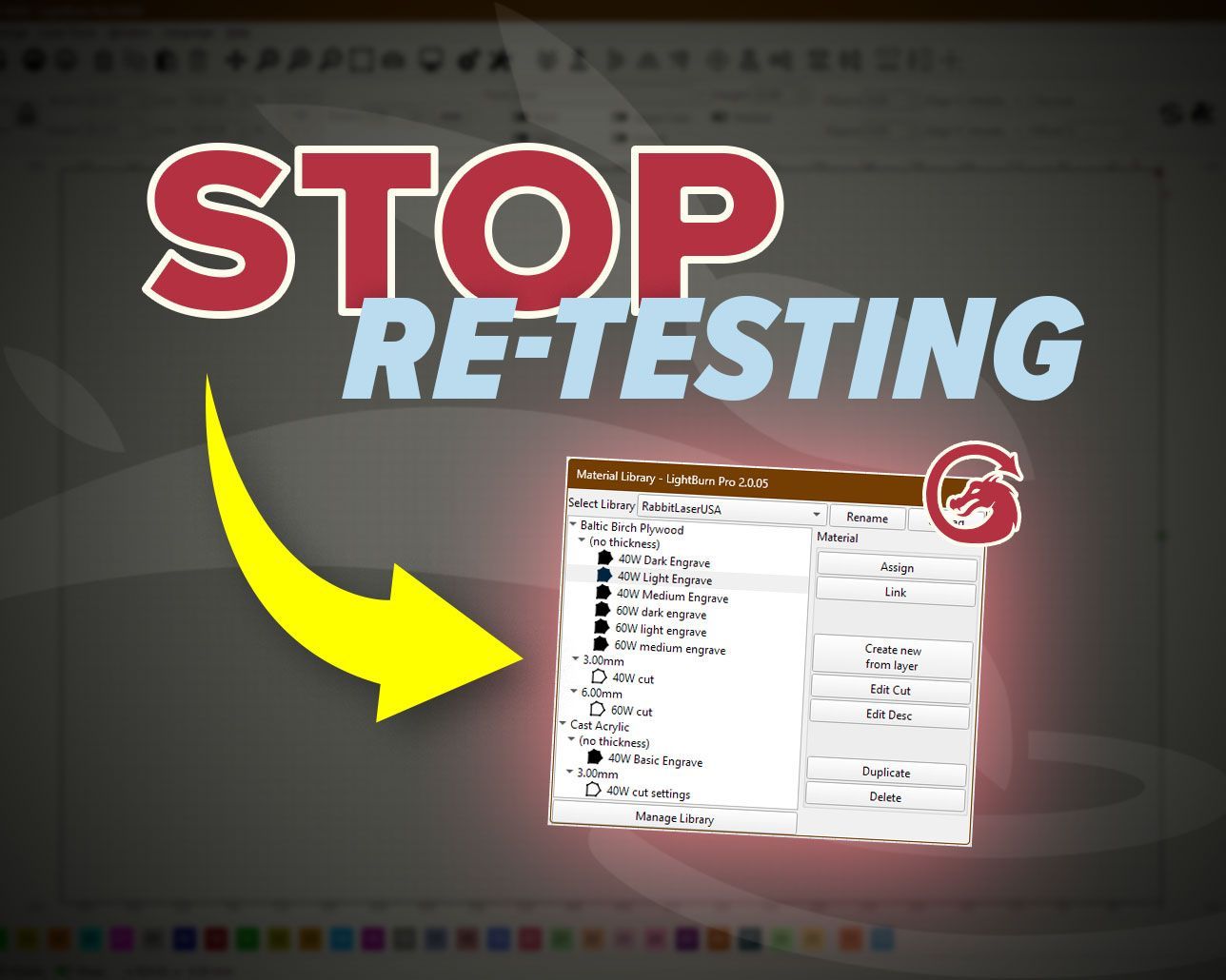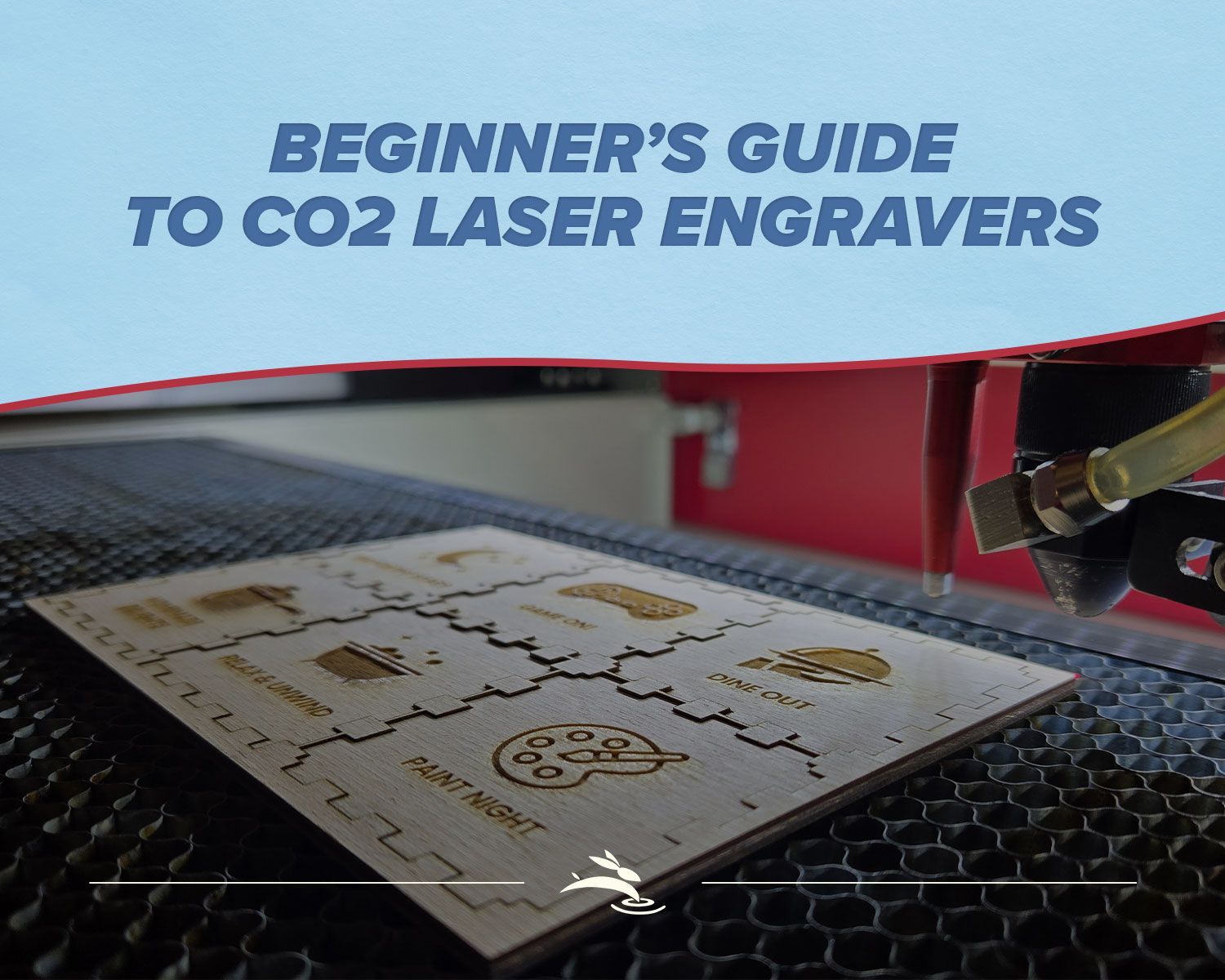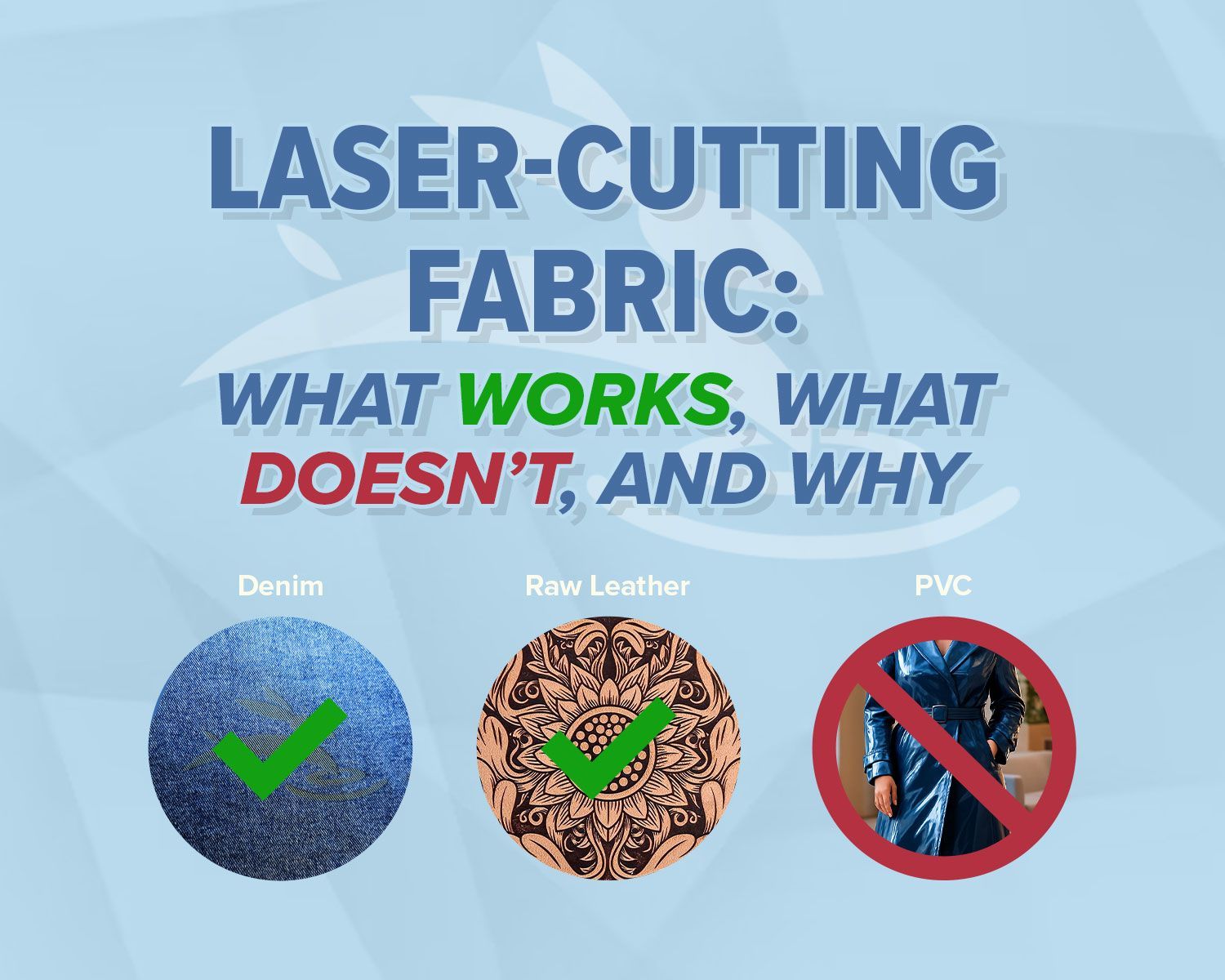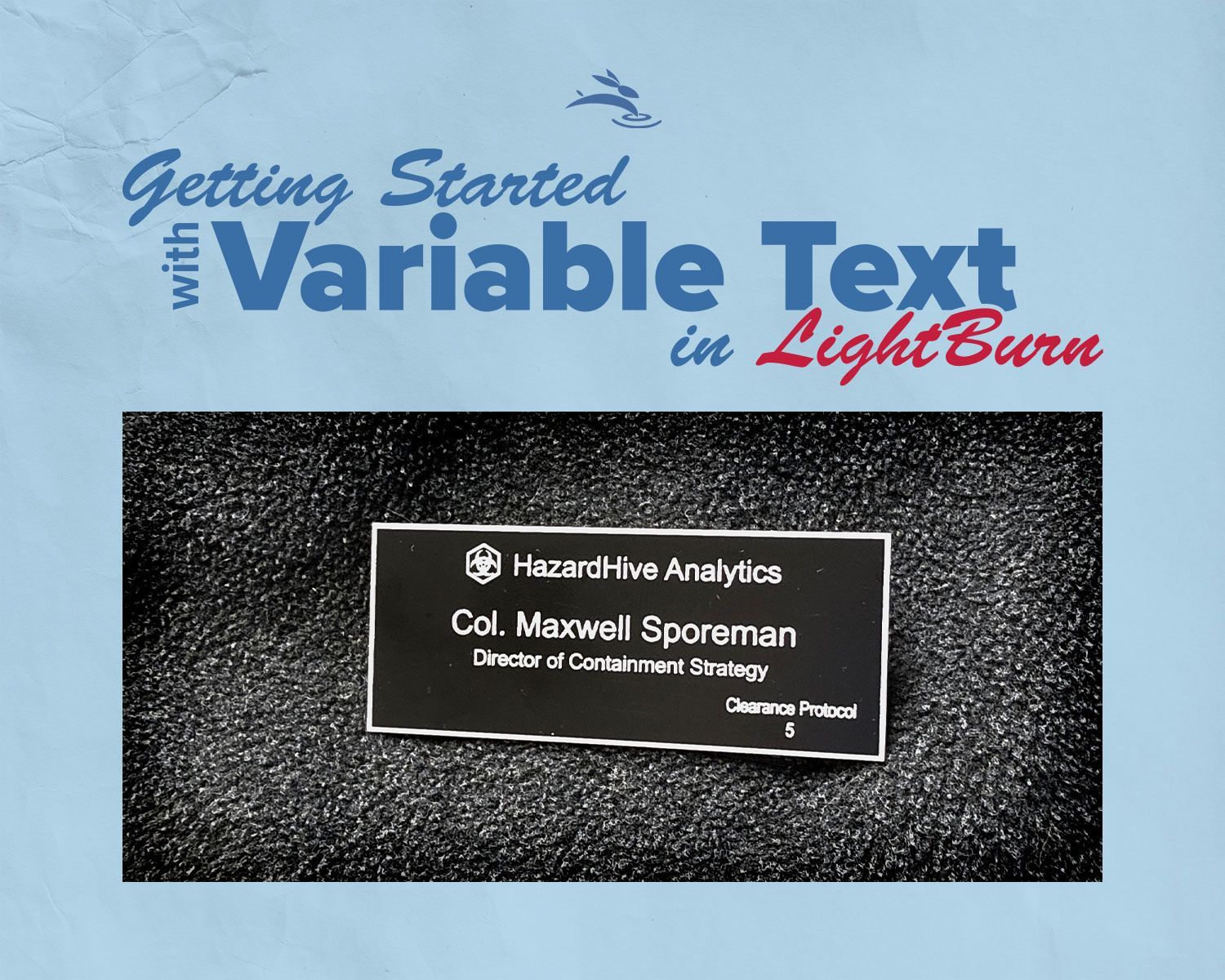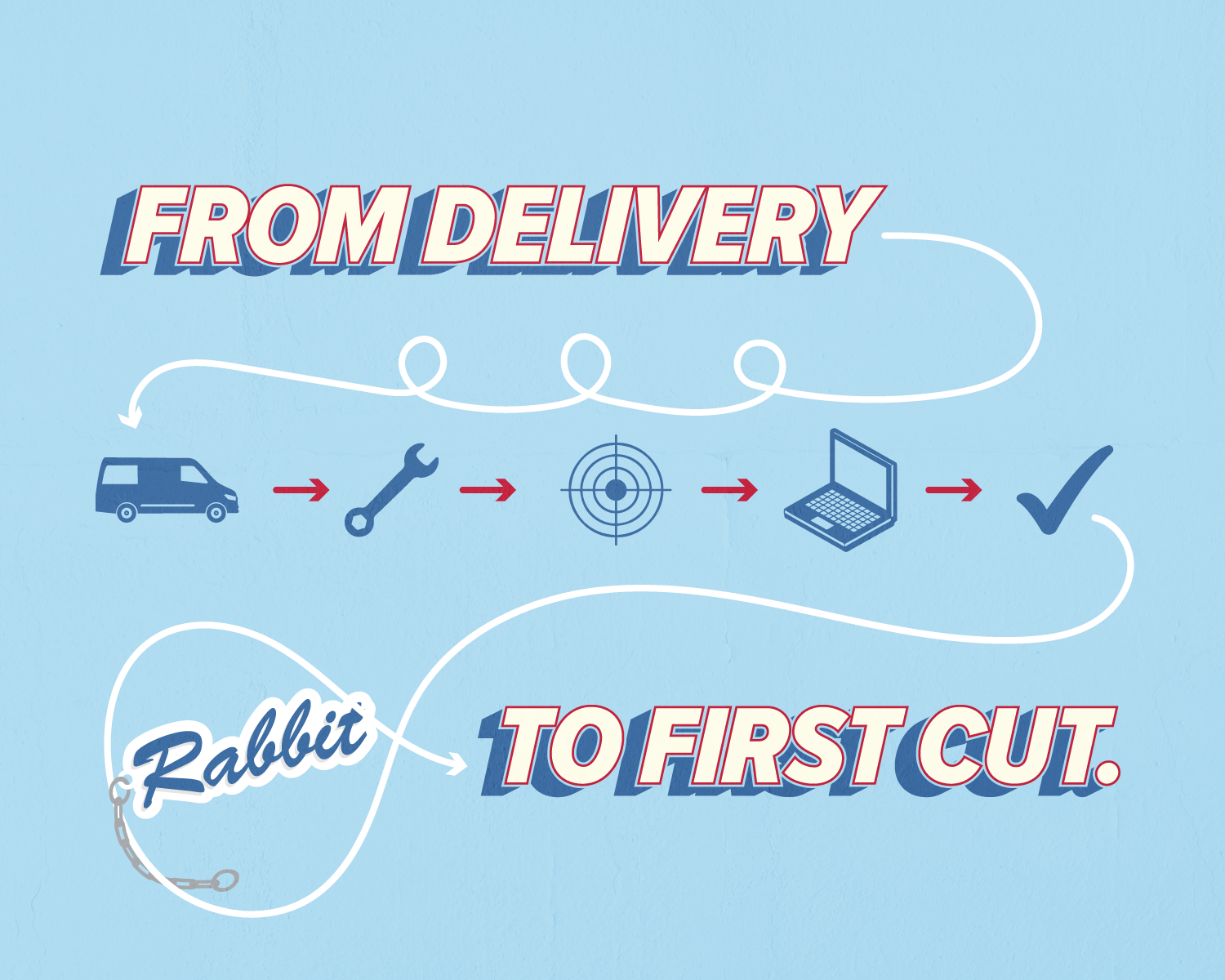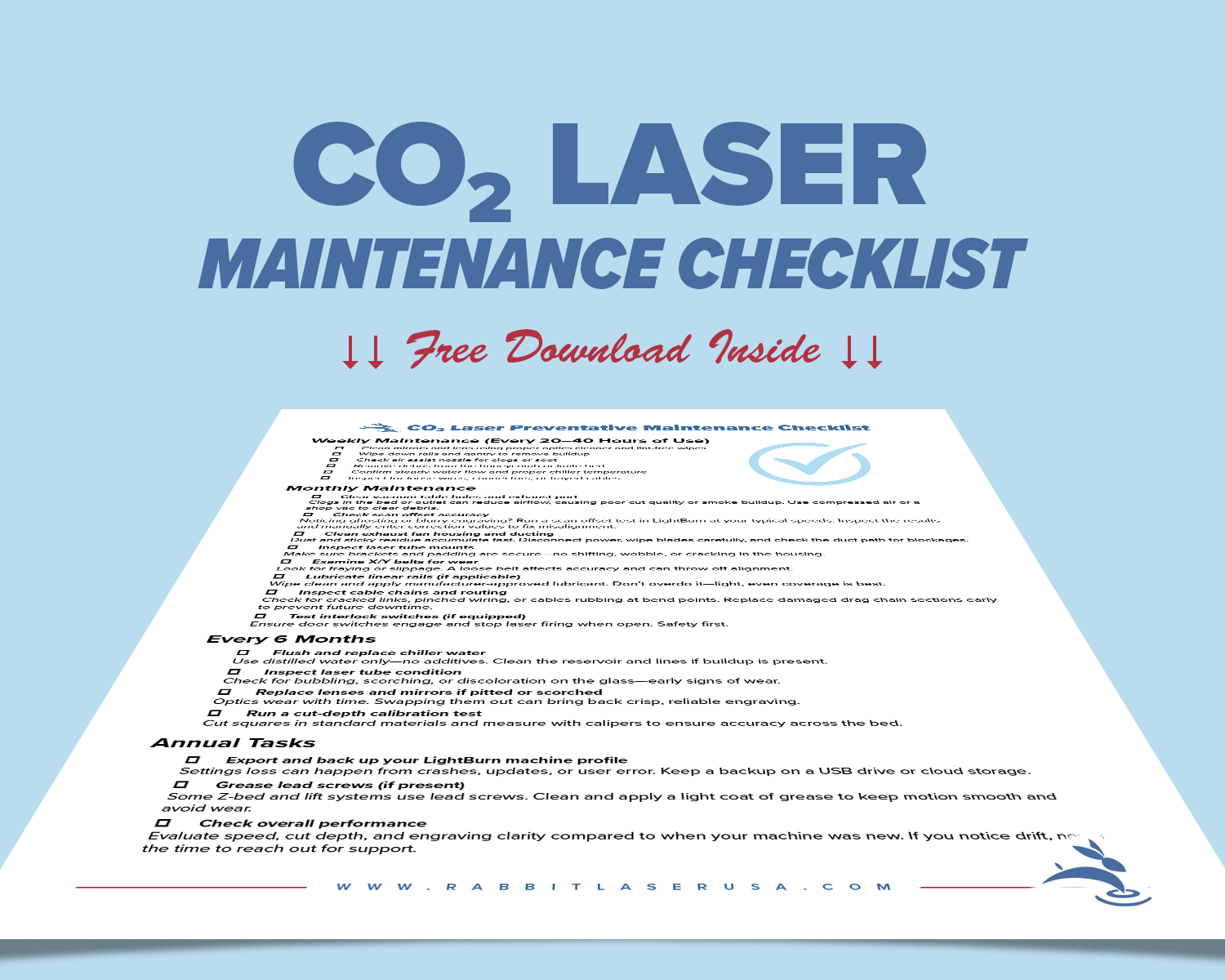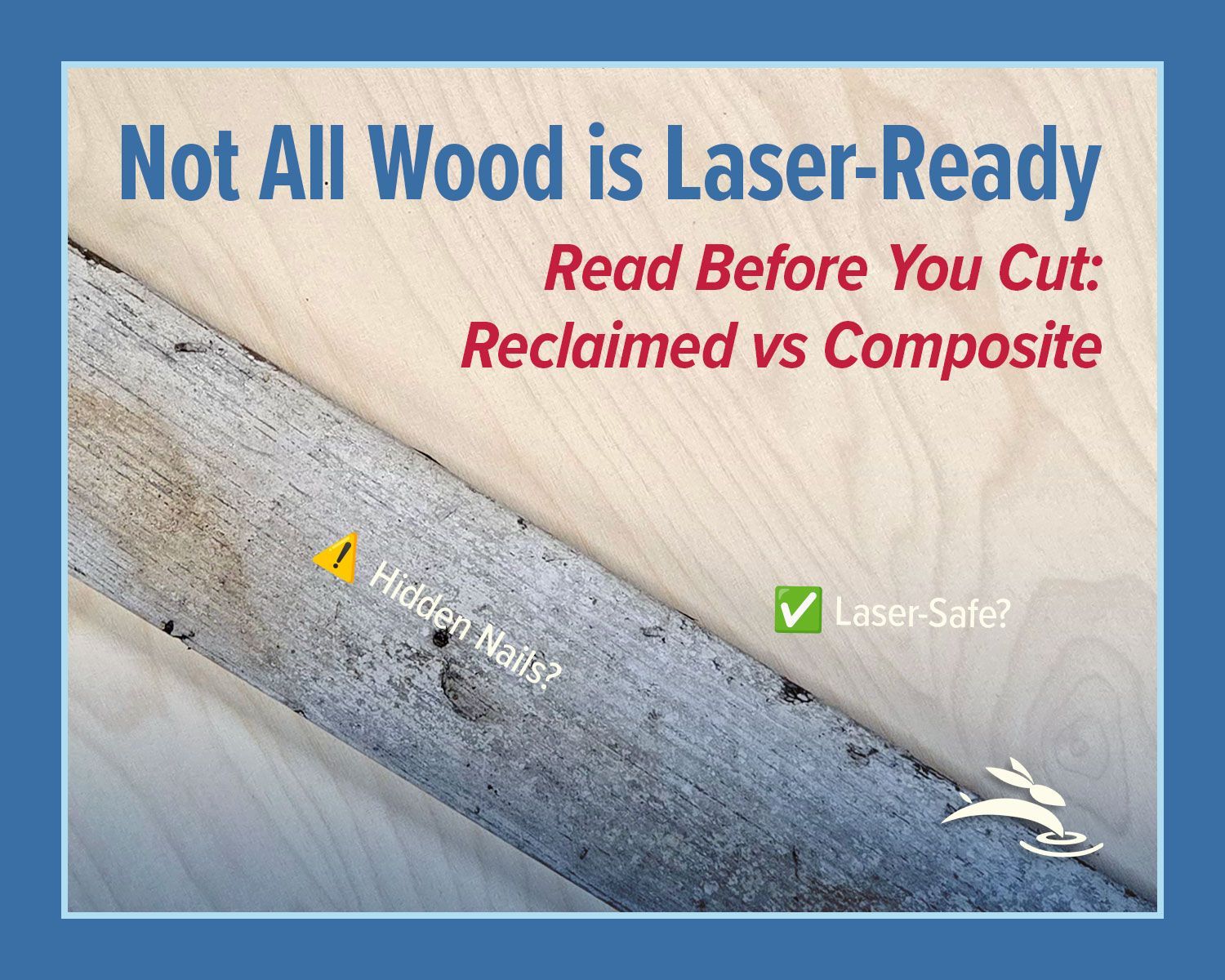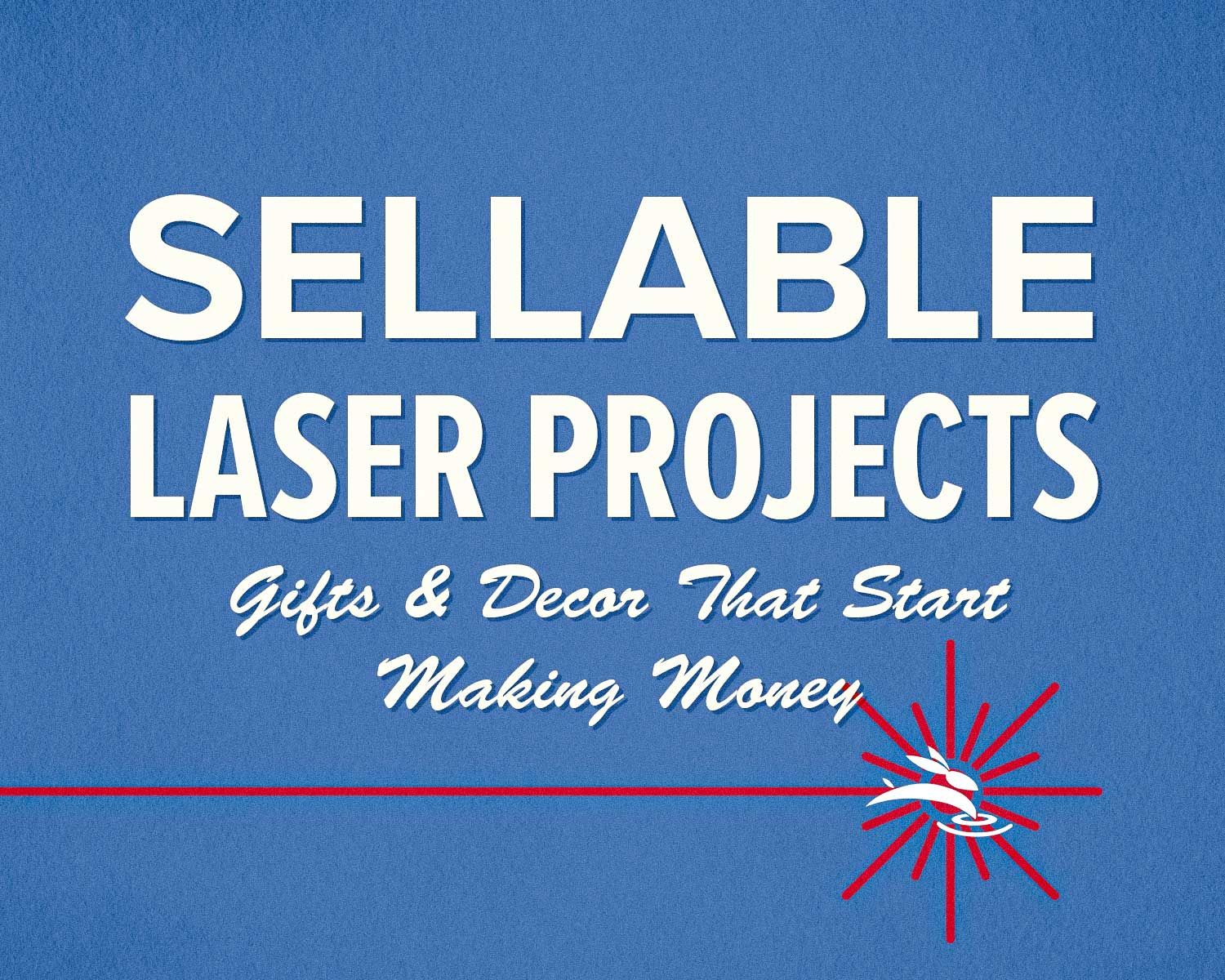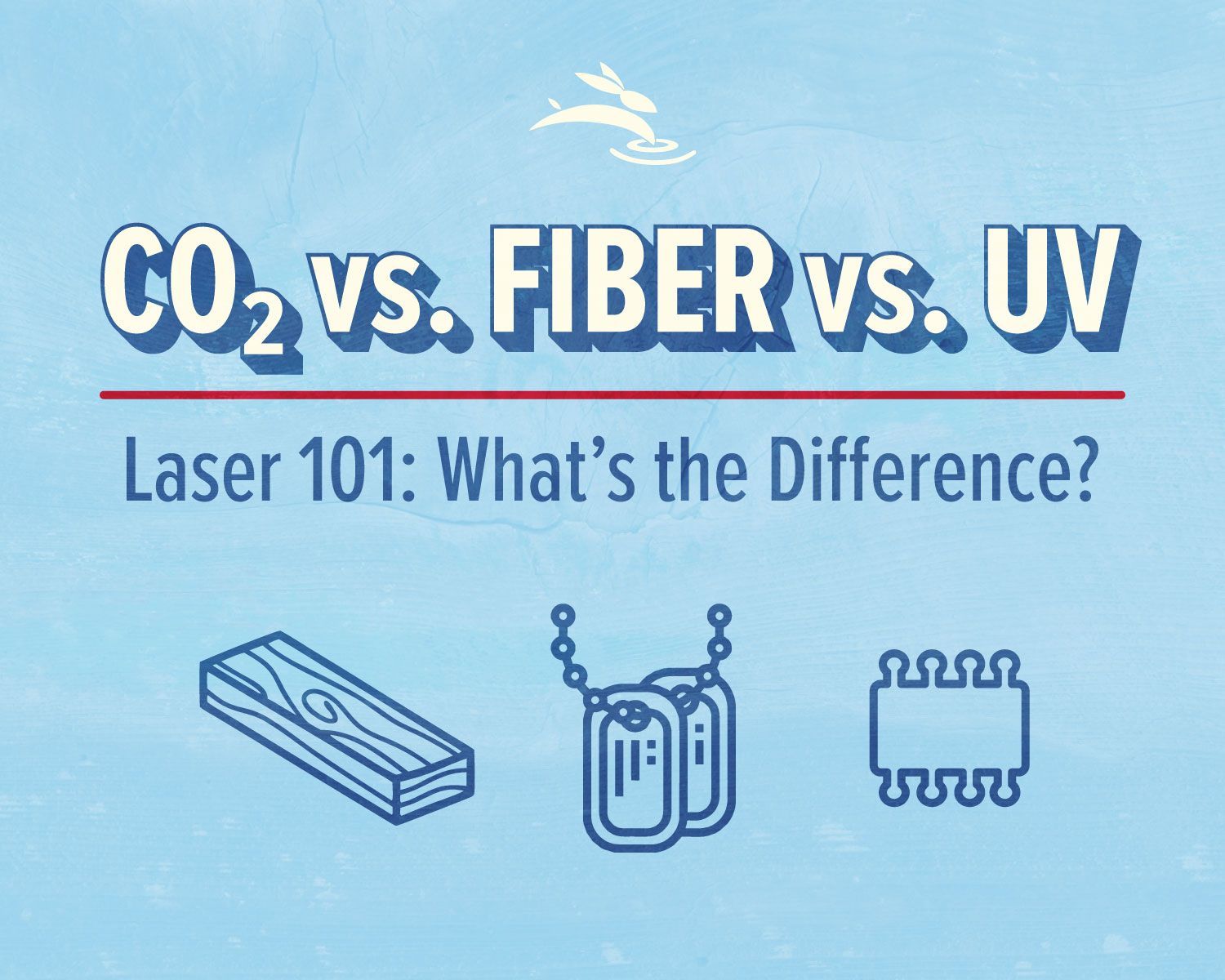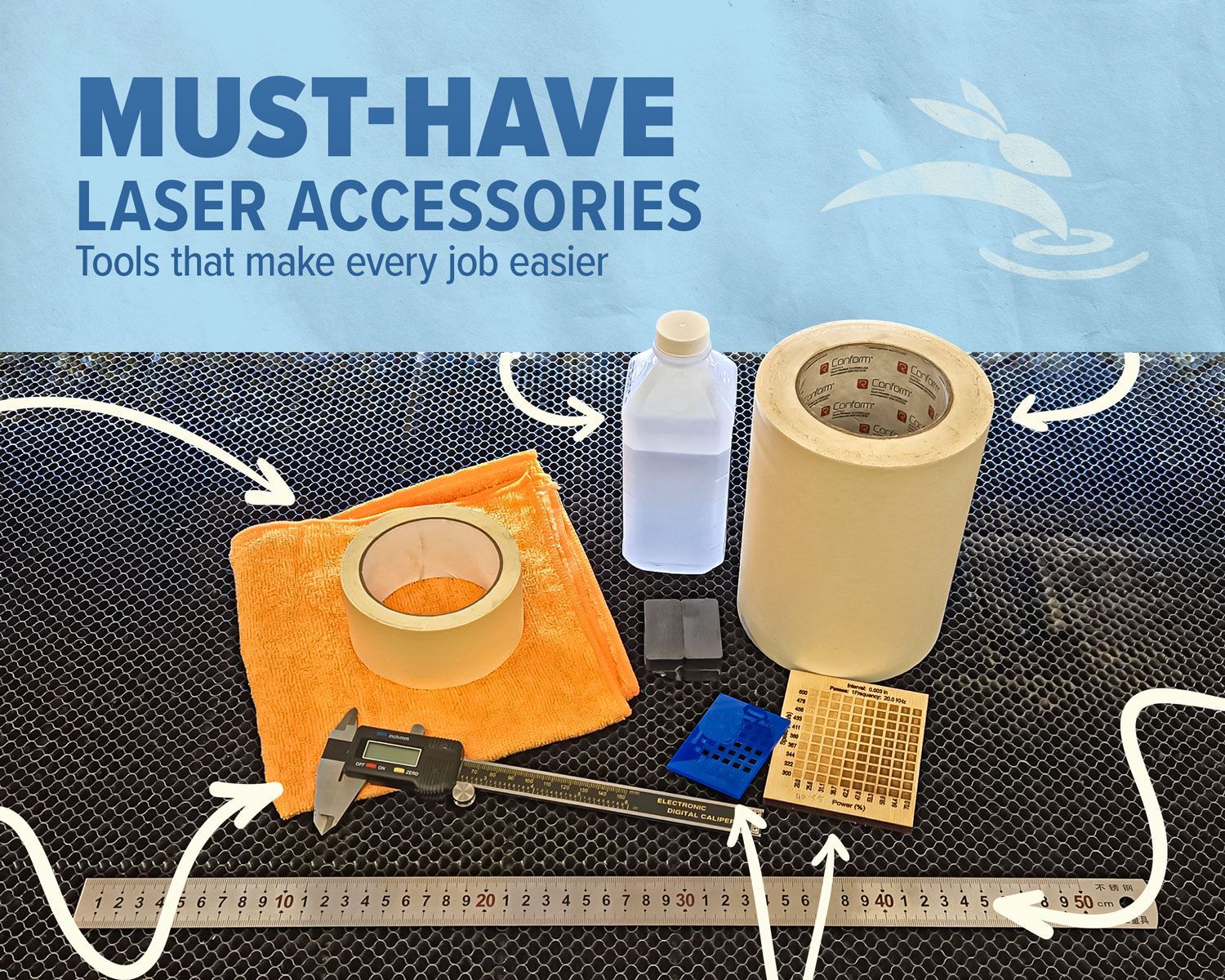Laser Tube Upgrade Checklist: What to Know Before Swapping Power
Thinking about upgrading your CO₂ laser tube from a 60W to a 90W—or beyond? Before you grab a higher-wattage tube and hit the power switch, there are
critical components and compatibility checks you should consider to protect your machine, avoid headaches, and get the performance boost you're after.
Here’s a step-by-step checklist to help you plan a smart and safe upgrade.
1. Tube Size and Machine Fitment
3. Chiller and Cooling Capacity
Higher-wattage tubes generate more heat and require more robust cooling. If your current setup includes a CW-3000 (passive chiller), you may need to upgrade to an active chiller like a
CW-5000 or
CW-5200.
- Check your tube’s
recommended operating temperature.
- Ensure your chiller can handle the
increased thermal load (at least 9–10L/min flow for a 90W tube).
- Avoid using
coolant additives—some can deteriorate plastic fittings, seals, or connectors over time.
💡 All Rabbit Laser USA packages include a CW-5000 chiller for long-term reliability.
5. Controller and Software Settings
Your laser controller (e.g., RuiDa) may need updated max power limits in LightBurn or RDWorks.
- Recalibrate
max/min power percentages in software.
- Run a
ramp test to confirm focal height is still valid.
- Adjust cut settings in your material library for the new power range.
6. Air Assist and Exhaust Performance
Higher power often means faster cutting—but it also produces more smoke and debris.
- Ensure your air assist and blower system can keep up with deeper or faster cuts.
- Clean lenses and mirrors more frequently during the break-in period.
🔧 Rabbit Laser USA’s
DL-series includes larger air assist out of the box.
7. Labeling and Safety
Your machine’s safety label should reflect the upgraded specs, especially in educational or shop environments.
- Update wattage labels on your laser housing.
- Re-educate users on
new operating parameters and risks.
Final Thoughts:
Is It Worth It?
Upgrading your CO₂ laser tube can unlock deeper cuts, faster production, and new project capabilities—but only when the rest of your system is ready to support the change.
Not sure what your machine is capable of?
Contact Rabbit Laser USA for guidance—we’ll help you cross-reference your frame, PSU,
cooling, and more before you make the leap.
Cut. Create. Conquer.
Whether you're scaling up or starting fresh, Rabbit Laser USA is here with solid machines, lifetime support, and calibrated upgrades that work as hard as you do.

